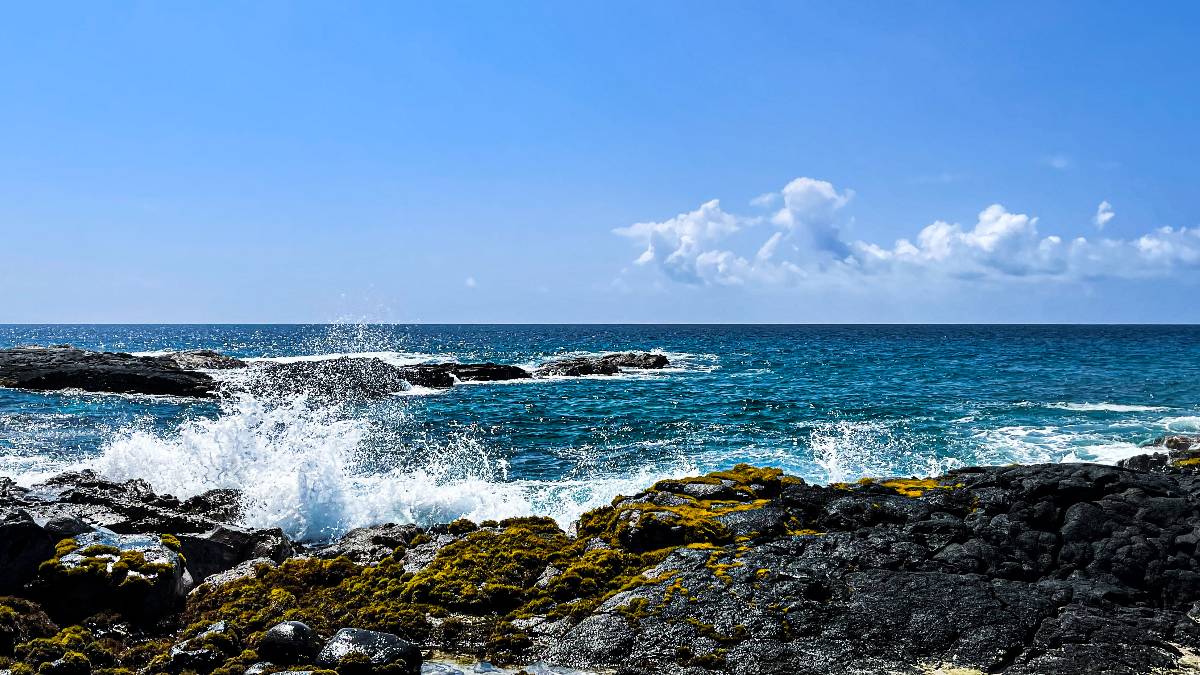Kahaluʻu Beach Park in Kona to be closed at end of May because of coral spawning
Kahalu‘u Bay in Kona on the west side of the Big Island is one of the most popular snorkeling locations throughout all of Hawai‘i.
Each year, more than 400,000 people visit the bay’s unique shallow, nearshore coral reef ecosystem to view its diverse marine life, colorful fish and dazzling ancient coral colonies.

But sometimes, the reef needs a break from all that attention to have essential rejuvenation time, even if it is brief, especially when producing the next generation of coral is involved.
Kahaluʻu Beach Park in Kona will be closed May 23-31 because of coral spawning.
The Kohala Center’s Kahalu‘u Bay Education Center and Hawai‘i Department of Land and Natural Resources Division of Aquatic Resources ask that during the closure the public refrains from swimming, snorkeling and surfing in the bay to support the reproduction of cauliflower coral.
“It has been amazing to see the community come together to care for Kahaluʻu these past six years,” said Kahalu‘u Bay Education Center Director Cindi Punihaole. “To see the bay at rest and the new corals growing on the reef is a testament to what is possible when we work together to care for ʻāina.”
Cauliflower coral was once abundant on shallow coral reefs along West Hawaiʻi shorelines, including in Kahaluʻu Bay. However, marine heat waves in 2015 and 2019 caused catastrophic bleaching and mortality of more than 90% of the cauliflower coral population.
In 2018, yearly rest periods were initiated in an effort to bring cauliflower coral back to the bay’s reef.
The coral has since returned and is now in early stages of recovery.
Researchers can accurately predict when cauliflower and other coral species will spawn. It can take as little as 24 hours for cauliflower corals to successfully reproduce and resettle in new reef areas.
Division of Aquatic Resources Administrator Brian Neilson said his agency completely backs the annual voluntary closures because natural reproduction events such as spawning are critically important.
Hawai‘i County also stands firmly behind the ongoing conservation efforts.
“We are proud to continue supporting Aunty Cindy, the Kohala Center and all the community members who work diligently to care for our precious reefs,” said Hawai‘i County Mayor Roth, adding the County thanks everyone who continues to honor the annual rest periods. “This yearly closure has directly contributed to the strength and vibrancy of the coral reefs in and around Kahaluʻu Bay.”















